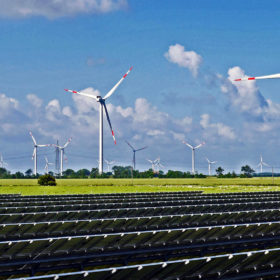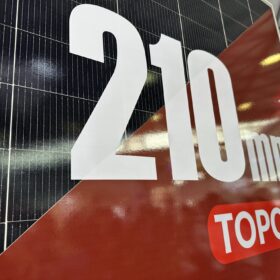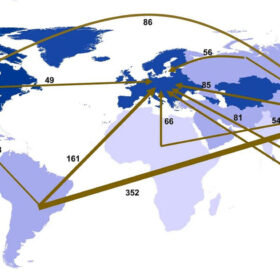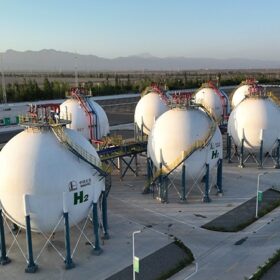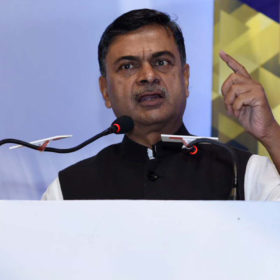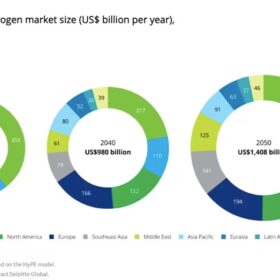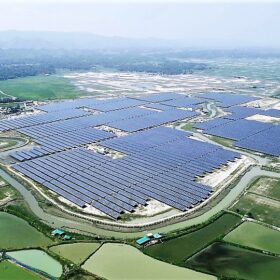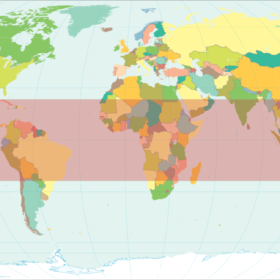Integrating higher share of renewable energy in India’s power system
To increase the share of renewable energy, India needs to introduce demand-side measures like time-of-use tariffs, develop a well-connected national grid, deploy various energy storage options for grid balancing services, and convert its fossil-fuel-powered fleet to operate flexibly.
Big module makers in China call for wafer standards
Trina Solar, JinkoSolar, JA Solar, Longi, Risen, Canadian Solar, Tongwei, Chint, and Das Solar have issued a joint statement demanding the standardization of wafer sizes.
New study finds growing inequality in metal footprints of renewable power value chains
A US-Chinese research team has investigated the flow of iron, copper, aluminum, and other precious metals from source to end-use destination in the renewable energy infrastructure value chain. It found significant imbalances that can be attributed to the continuous outsourcing of metal demand for the renewable power sector to developing economies.
The Hydrogen Stream: China starts world’s biggest solar-to-hydrogen site
China’s Sinopec has switched on the world’s largest solar-to-hydrogen project in Xinjiang, while India has unveiled a new plan to incentivize green hydrogen and electrolyzer production.
Delhi’s aggressive EV timelines may hit gig workers’ livelihood: IAMAI
The recently released Delhi motor vehicle aggregator and delivery service provider scheme envisages that aggregators and delivery service providers in Delhi will switch to an all-electric fleet by April 1, 2030.
Solar passports to support PV waste management in India
A new study proposes a blockchain-based solar passports framework to address the PV waste management challenge in India. It says such a framework would enable transparent tracking and verification of PV panels throughout their lifecycle, ensuring efficient asset monetization and promoting sustainable practices within the solar industry.
Power minister hints at another PLI scheme for grid-scale battery storage
The minister also underlined the need for diversification of supply chains by using alternative battery technologies such as sodium-ion.
Hydrogen market to surpass LNG by 2030, says Deloitte
Deloitte says it expects steady hydrogen market growth, with annual revenue projected to hit $1.4 trillion by 2050, while Denmark and the Netherlands have started discussing hydrogen collaboration with the governments of Namibia, South Africa, and Morocco.
Bangladesh improves conditions for domestic independent power producers
The government of Bangladesh has taken steps to improve conditions for independent power producers (IPPs) that develop utility-scale projects, in order to attract more domestic investments in solar and renewables.
The future of trade finance in sub-Saharan Africa amidst hard currency challenges
With foreign exchange shortages plaguing sub-Saharan African economies, Bank One’s Head of Trade, Gerald Ndosi, explains what measures can be taken to overcome US dollar liquidity challenges, promote trade finance, and foster sustainable economic growth in the region.
